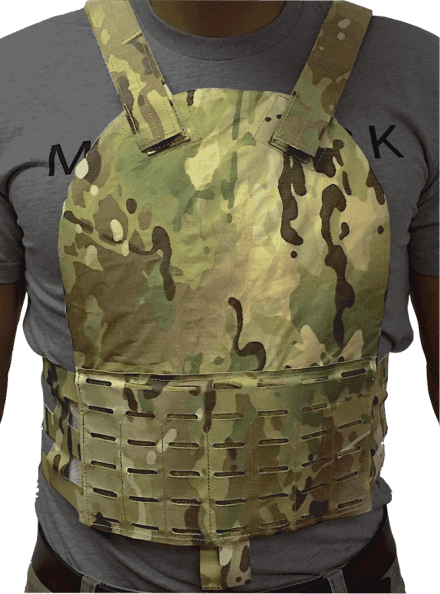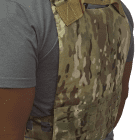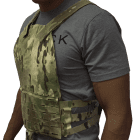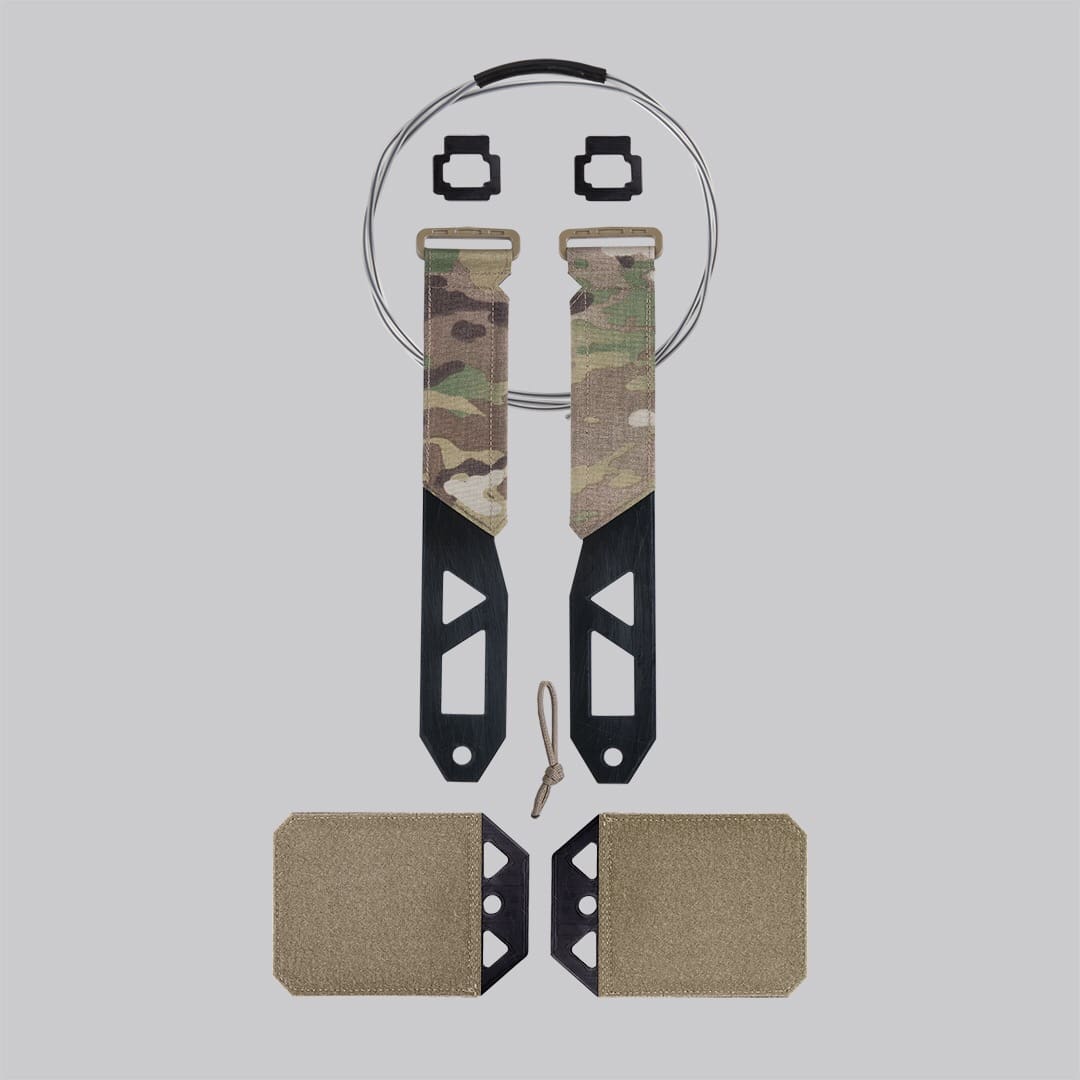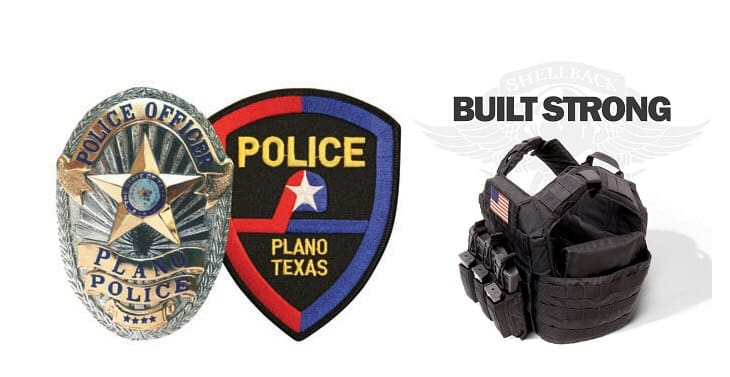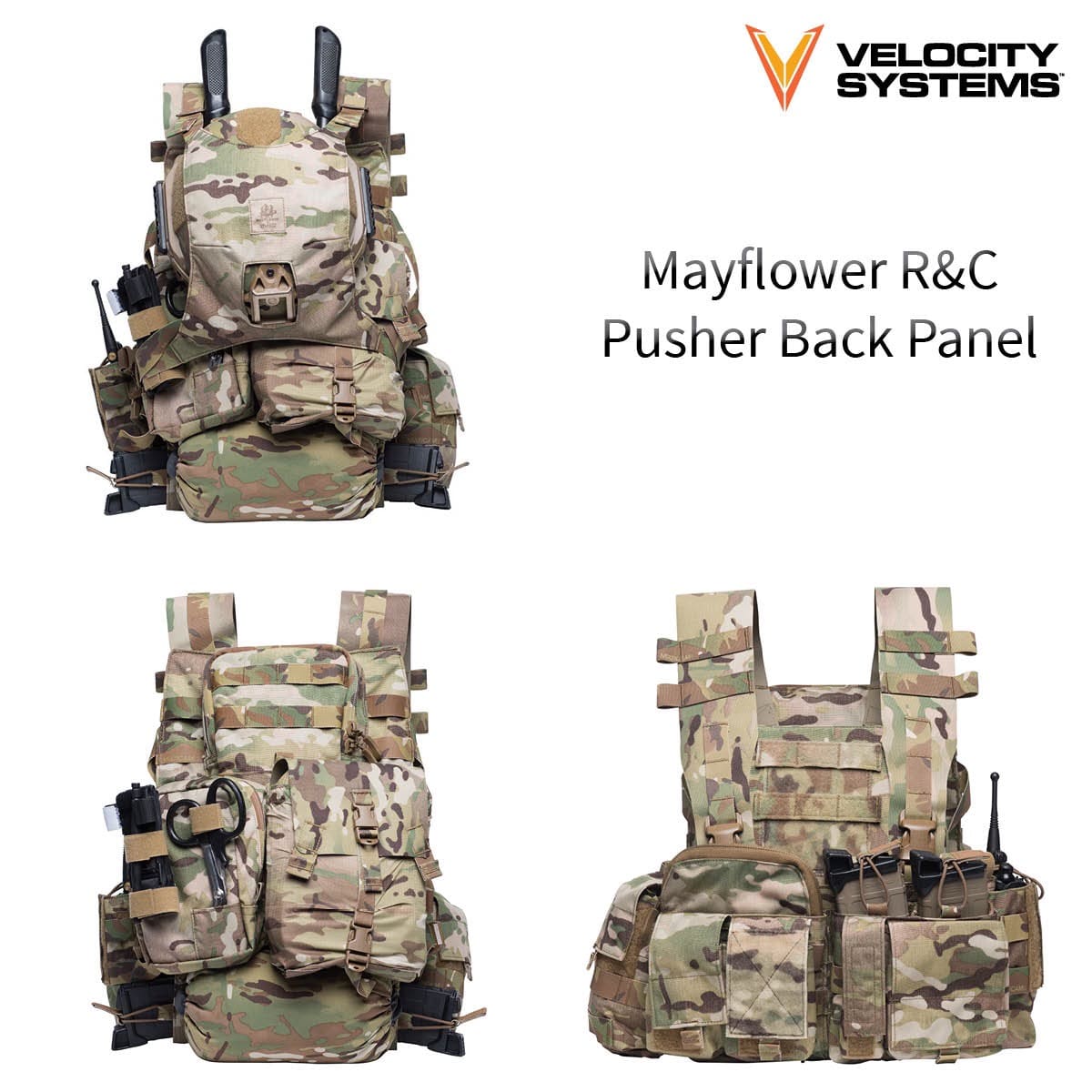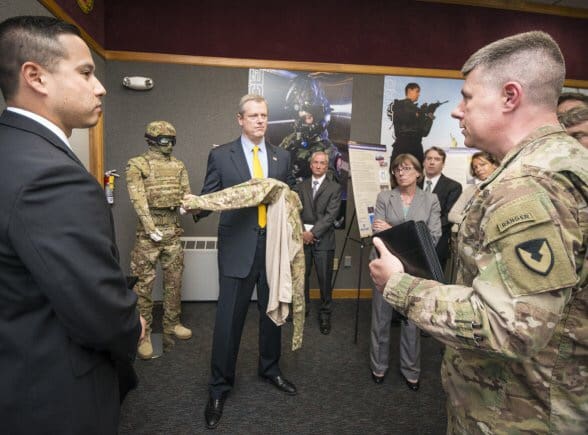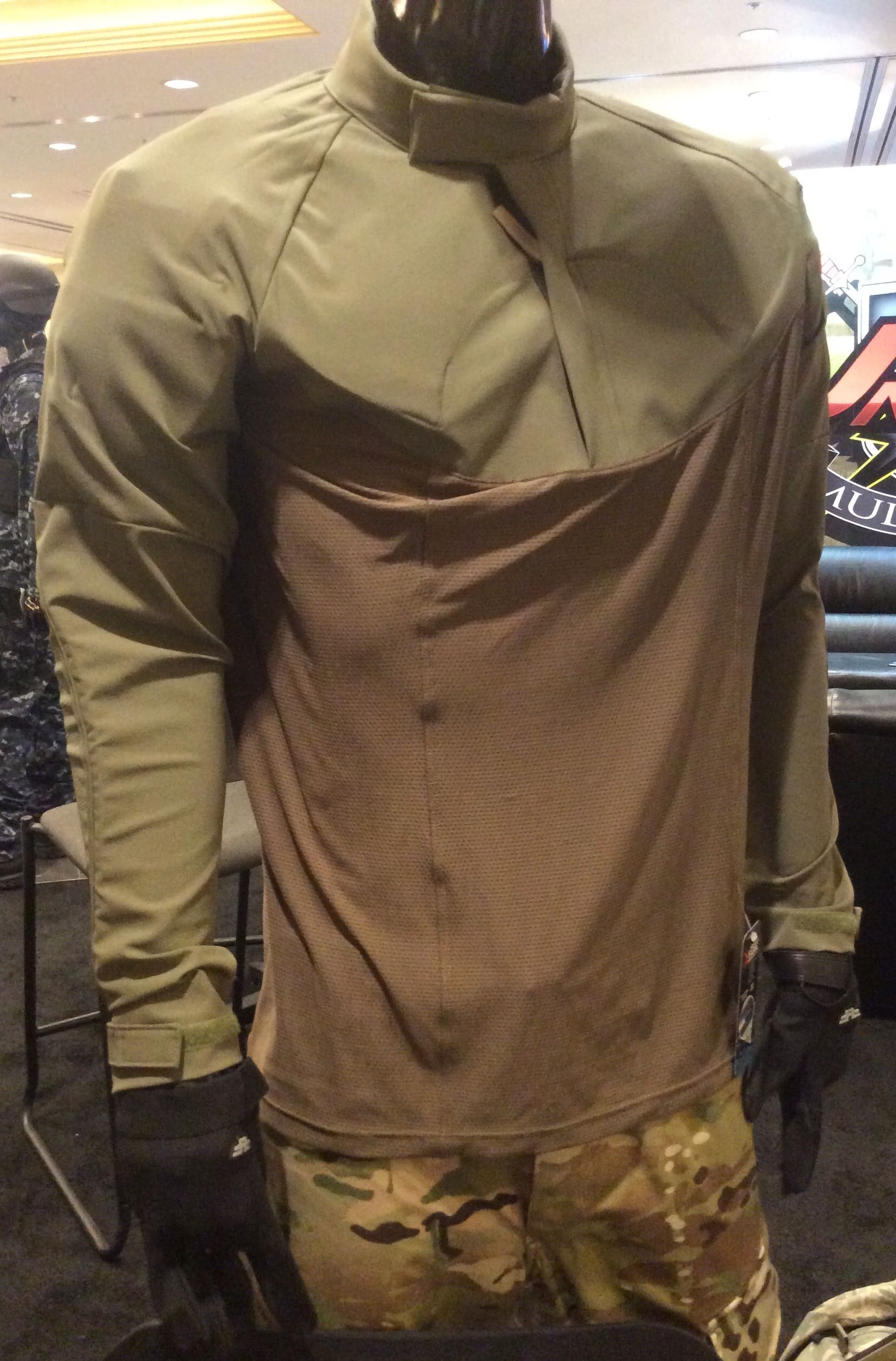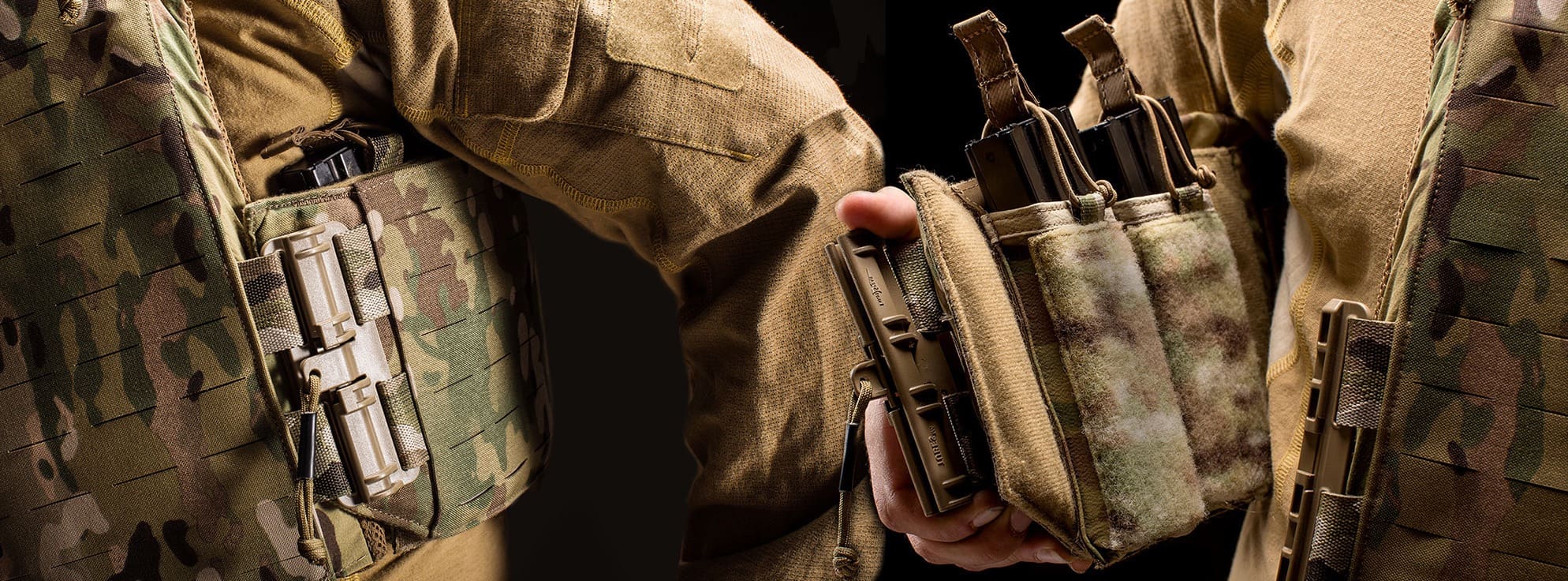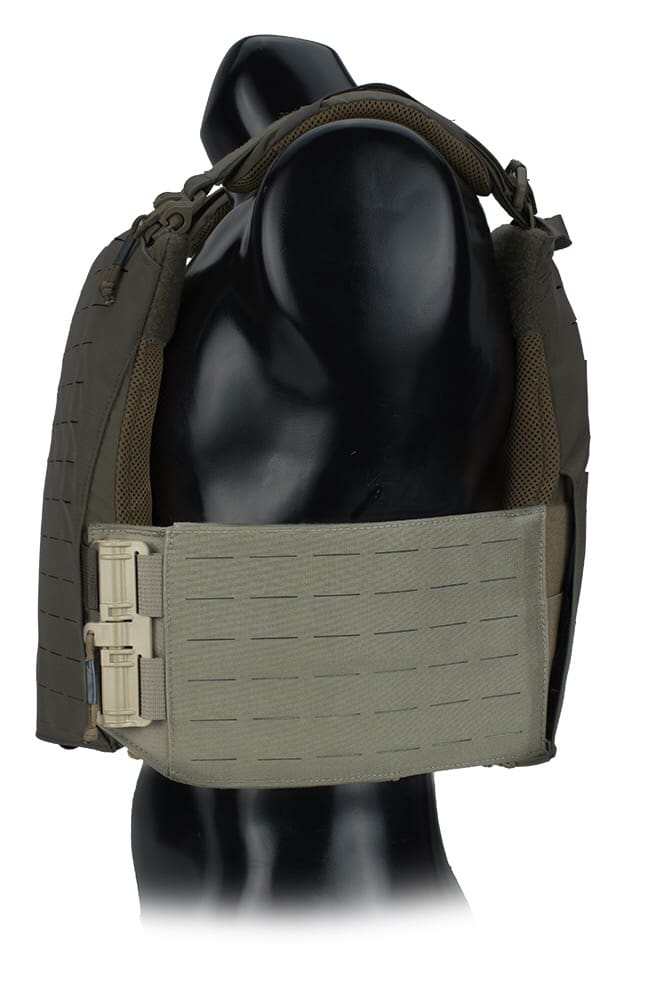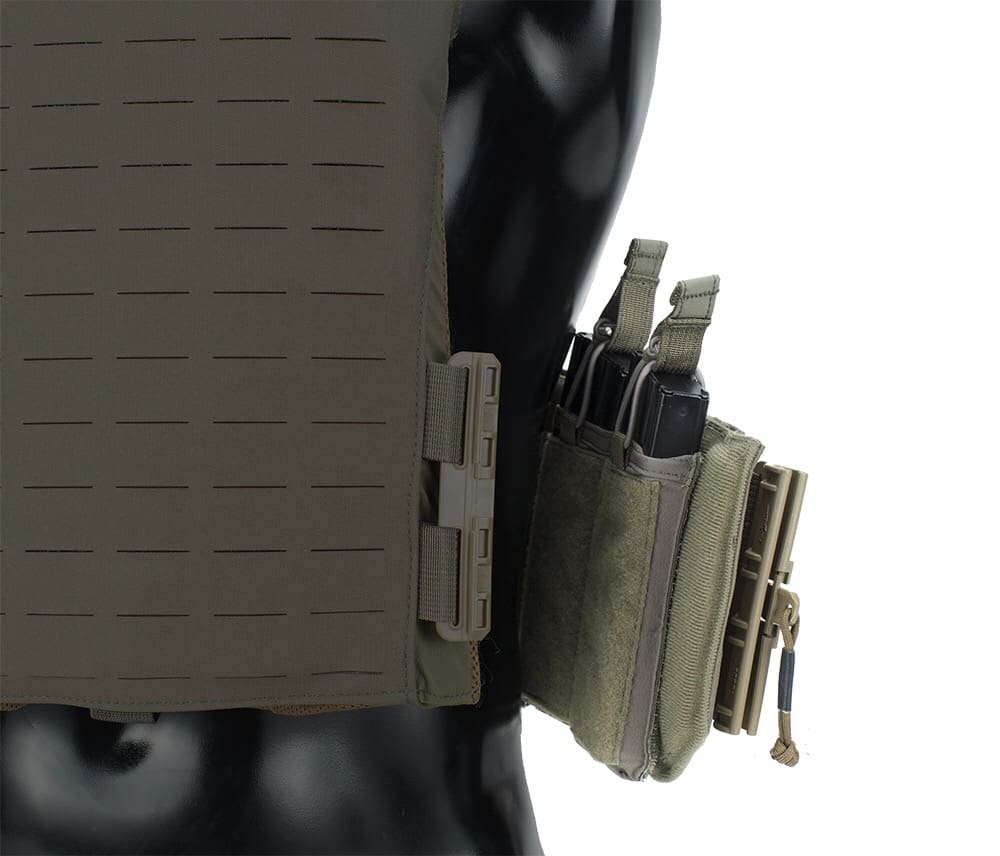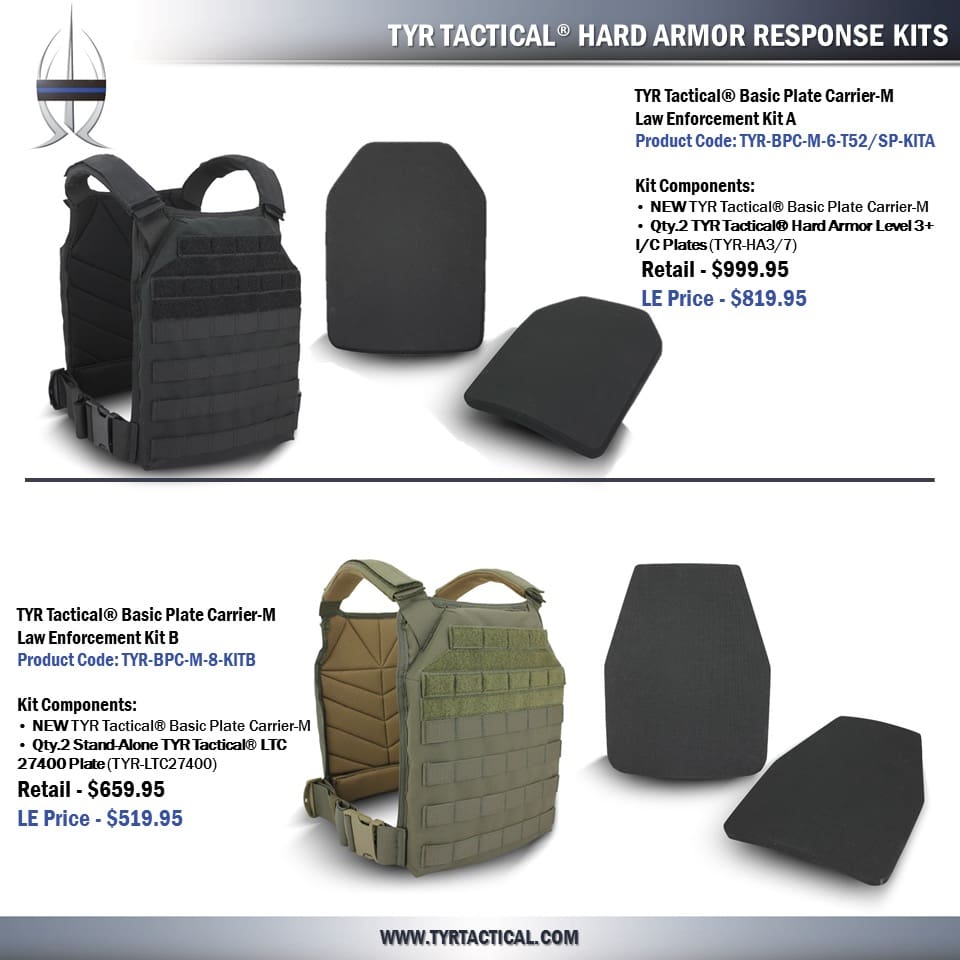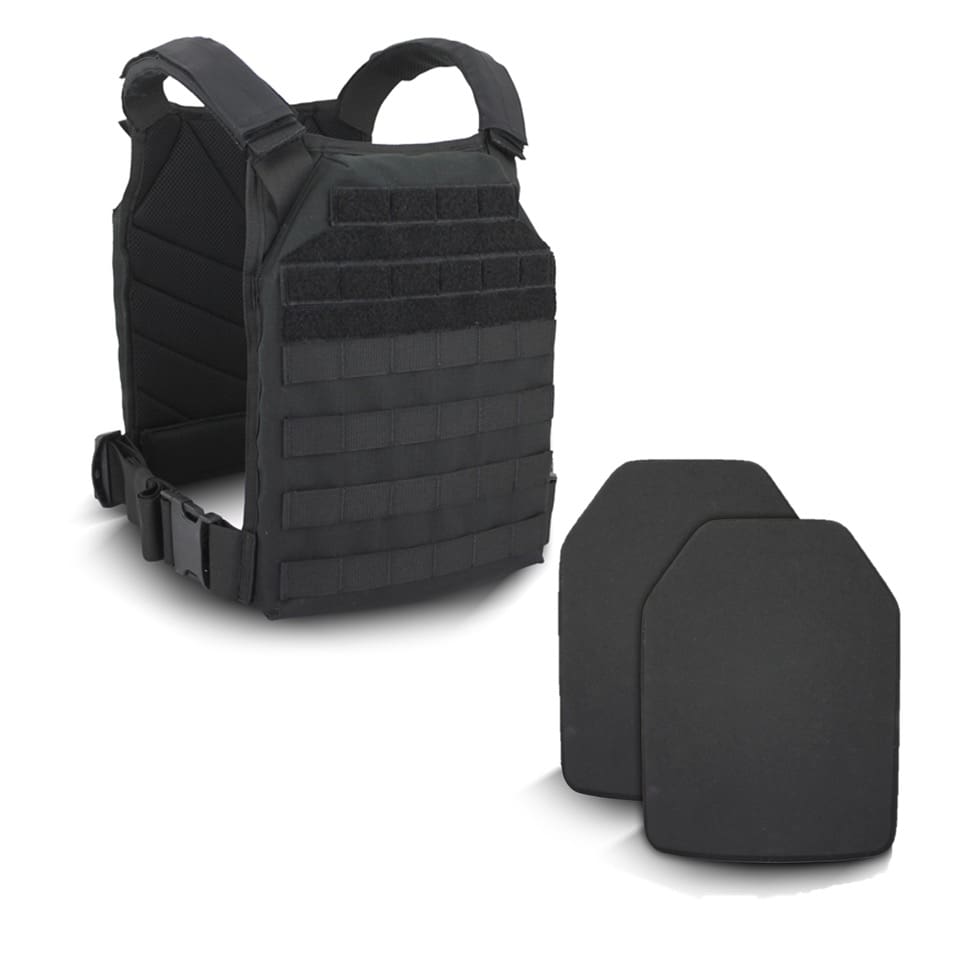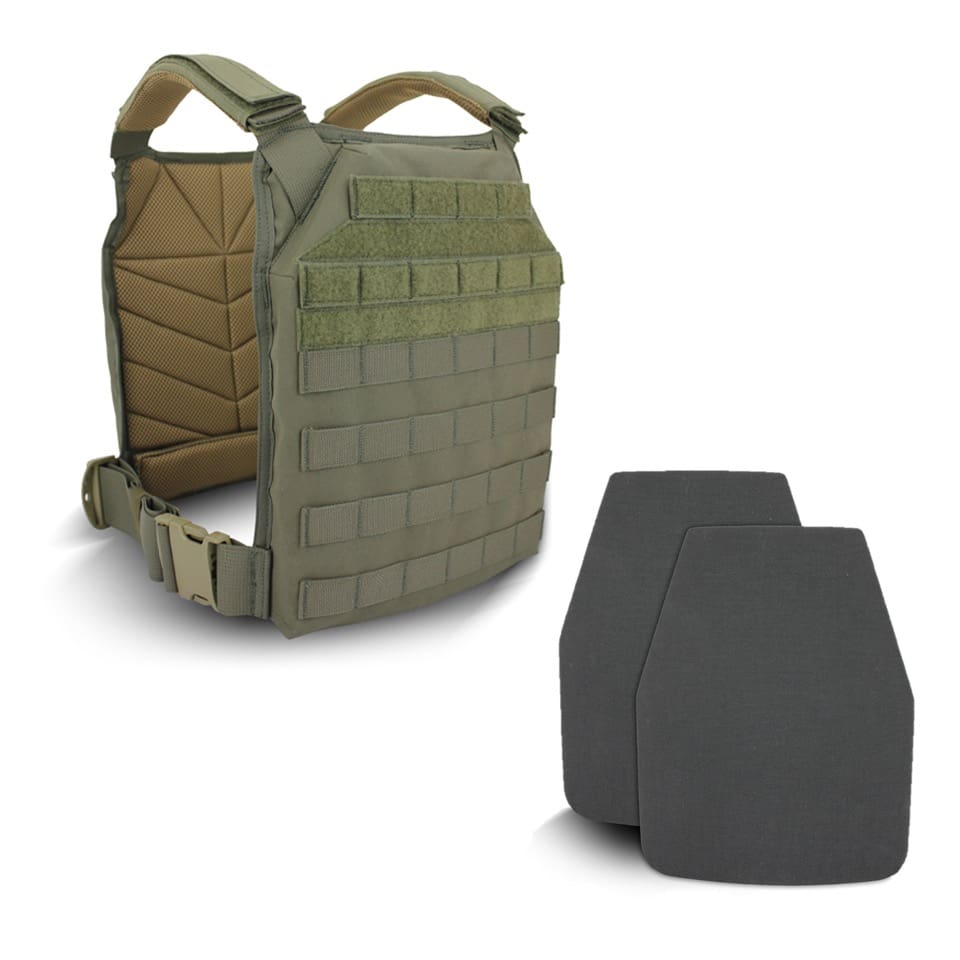Morgan Advanced Materials, a global leader in the field of materials and advanced lightweight ballistic shield systems technologies, has launched a new range of high-specification ballistic shields as part of its Lightweight Armored Soldier Architecture (LASA) range.
Complementing Morgan’s existing range of hybrid composite helmets and ballistic inserts, LASA Ballistic Shields deliver outstanding multi-hit protective performance despite weighing 20% less than existing in-service solutions, at a thickness of just16mm (0.6inch).
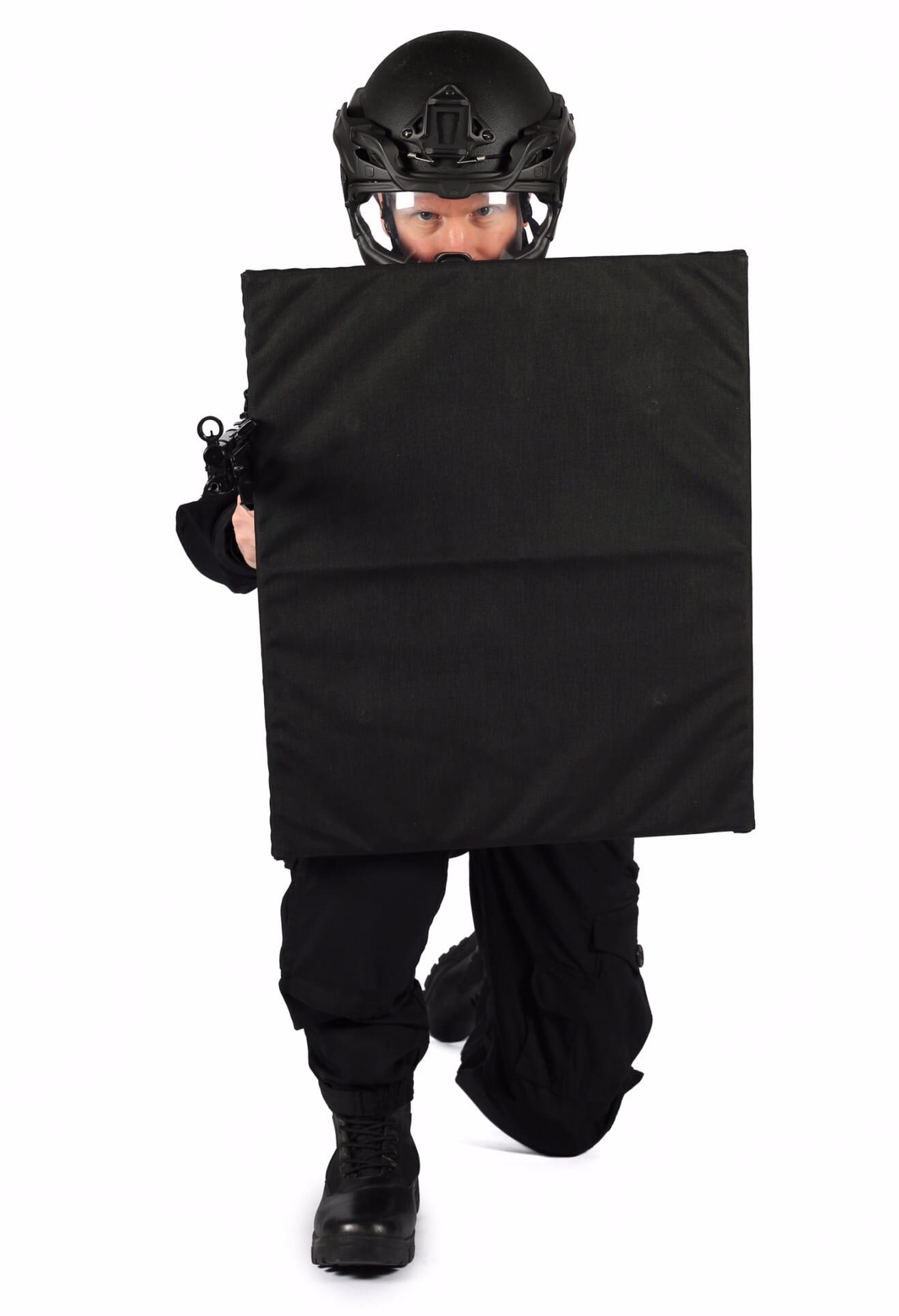
Utilizing Morgan’s world-leading ballistics expertise and pioneering research and development into composite materials, the LASA ballistic shields offer protection to NIJ 0101.06 Level III and the following special threats: 7.62 x 51mm 149gr M80 FMJ; 5.56 x 45mm 55gr Ball (M193); and 7.62 x 39mm 123gr PS Ball (Mild Steel Core).
Available in four standard sizes to suit a broad spectrum of operational requirements in both military and law enforcement situations, designs can also be customized to meet specific customer needs, as required.
Smaller variants in the range have been specially designed to offer full mobility to end users, enabling the user to move at speed while remaining protected. The larger variants are available for environments where a more comprehensive level of protection is required.
Duncan Eldridge, President of Morgan Advanced Materials – Composites & Defense Systems, commented: “Our goal with the LASA range is to provide a range of solutions which offer proven, premium protection at the lowest possible weight, for both military and law enforcement applications. Lower weight means greater mobility and reduced fatigue – a key benefit for those operating on the front line. Our world-leading expertise in composite research and development for ballistics, coupled with extensive testing, enables us to meet the varied needs of elite military and law enforcement personnel around the world.”
For further information please visit: www.morgandefencesystems.com/LASA-shields


